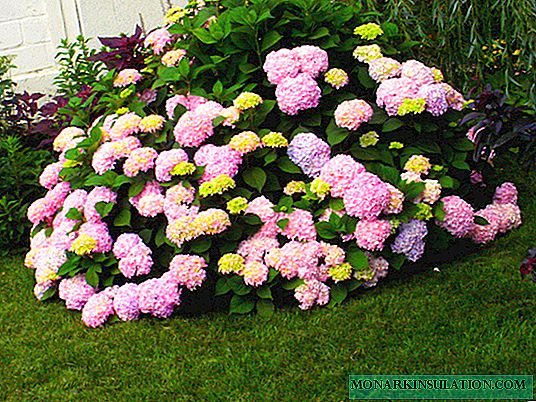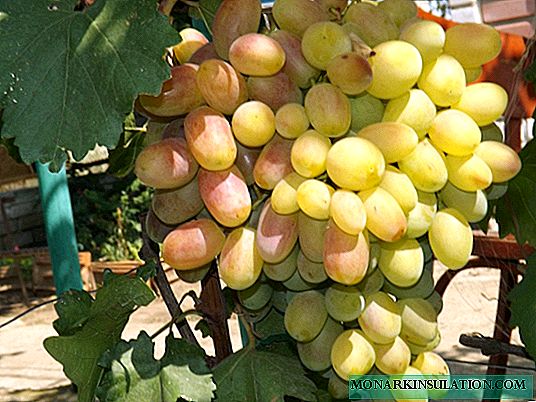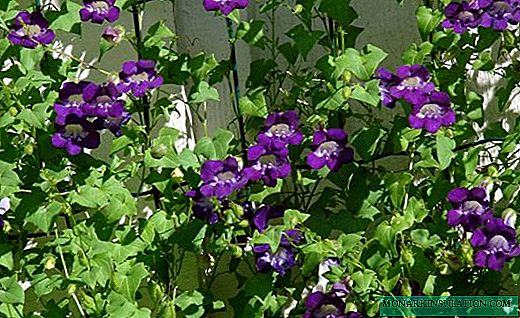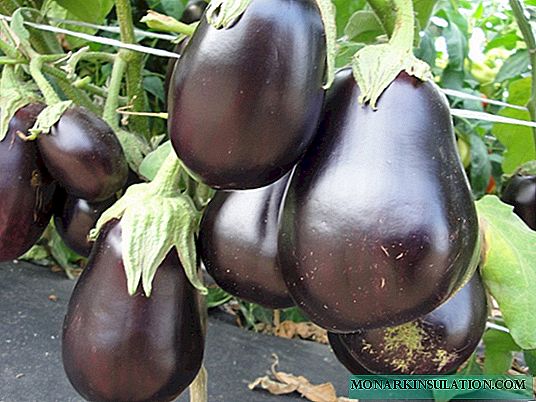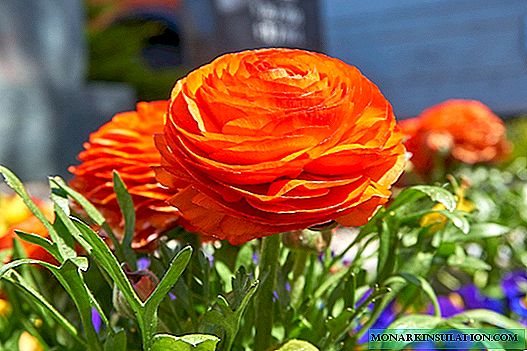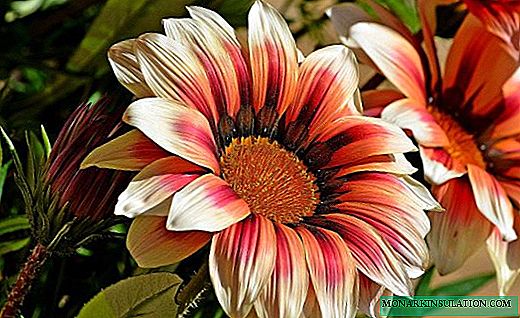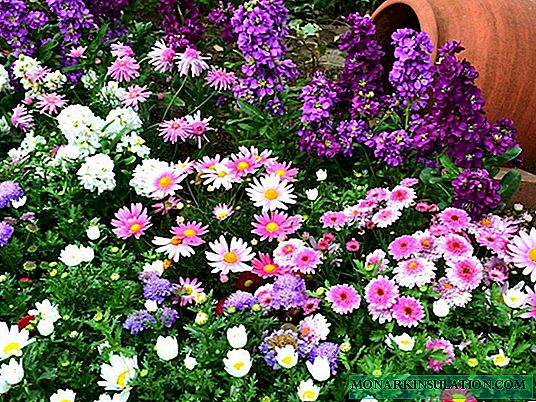
Creating a beautiful flowerbed is a real art, here you need to take into account a lot - plant types, their compatibility, planting features. But an important role in creating a really interesting and luxurious flowerbed is played by the scheme according to which flowers are planted. Bright colors of flowers, their height, arrangement in a certain order, form beautiful patterns, making the flowerbed a carpet of fresh flowers. Creating a flower bed using a complex scheme and a large number of plants is not easy, but there are schemes for flower beds for beginners where you can use several plants and a fairly simple drawing - and the result will surely please you.
The traditional approach to the design of the flowerbed is to plant flowers in accordance with the scheme, but often the plants are planted arbitrarily in groups. Regardless of which approach you choose, we suggest that you familiarize yourself with the basic principles of flower garden design in the following video:
Creating a flowerbed yourself is not so difficult - you need to choose a suitable place, pick up flowers and decide on the scheme for planting them. If you want to plant plants in such a way that they form a specific pattern, you need to draw a diagram on a piece of paper, and then transfer the markup to the flowerbed.
The simplest option is a round flowerbed. You can arrange it as follows - in the center, plant a group of tall flowers, for example, delphinium, plant plants of the same species - balsam, flax or pansies (for example) at the edges as a frame, and fill the distance between the center and the edge with flowers that bloom all summer, it can be petunia, pelargonium, marigolds, nasturtium, begonia semperflorens.

The drawing will greatly help in creating the flowerbed - you will clearly see how to better arrange the flowers, the color scheme will give a visual representation of the appearance of the flowerbed

A spectacular flowerbed created according to a simple scheme. A graceful curl resembles a question mark, but it can also be a circle. Two types of plants of a contrasting color, in the center there is a raised flowerbed, but it is not necessary to do it, you can leave the center green or plant tall plants in it
When you create a scheme, you need to think about the colors and shades that you want to see in the flower garden. The color combinations on the flower bed can be very diverse.
Possible combinations of plants in the flowerbed
Monochrome composition
In a small flowerbed, flowers of the same shade look very good, you can use one or more types of plants of different heights, placing a high center, and lower ones closer to the edge.

Such a motley pretty flowerbed can be created using just three plants. 1 - phlox in the background as the highest, 2 - meadow pelargonium, 3 - balsam or pansies
Composition of plants of contrasting colors
Using shades that occupy distant positions in the color spectrum will help create a spectacular contrast composition. For example, a combination of blue and orange, yellow and purple, burgundy and green.

Two fairly simple flowerbeds with a clear shape without a border. One looks spectacular thanks to the bright colors of large-flowered begonia, while the other contrasts yellow begonia and a frame of red flowers
Arrangement of flowers in close shades
A flowerbed will look very beautiful, where the shades of flowers smoothly replace each other. For example, pink, blue and lilac or bright pink, red and burgundy.

A flowerbed with a predominance of burgundy color, the distance between the zones is filled with colored gravel, which can be successfully used in the design of flower beds. It also makes it easier to care for different areas, as you can walk on gravel without damage to plants
Neutral composition
If you are a lover of bright accents, you can make a discreet, eye-pleasing flowerbed in neutral colors - in white and green, green with pink or green with blue. Such a flower bed is visually capable of making the space brighter or diluting bright colors where necessary.
Choose as the primary colors snapdragons of white or light yellow shade or cornflower. In combination with a tall smooth mucella you will get a very interesting discreet flowerbed.
Four complex layouts
The simplest scheme for planting flowers on a flower bed we have already considered. Now consider the schemes for several more complex flower beds.

Round flowerbeds are usually central. If you have a large free area in front of the house, creating a round flowerbed on it will allow the territory to look elegant. Use plants that bloom at the same time, in spring it can be bulbous, then they can be replaced with summer flowers

The “flower” scheme for creating an elegant flower bed. Depending on the size, the central part may be occupied by lawn grass, ground cover plants, a layer of gravel or colored decorative sawdust
All schemes have a common point - the lawn grass occupies the middle space, that is, these are quite large flower beds. If you want to use this pattern to create a small flower bed, you can replace the lawn with ground cover plants that are ideal for creating patterns. As plants for such flower beds, flowers blooming at about the same time are suitable - daisies, zinnias, alpine forget-me-nots, primrose, viola, left-handed.

The “pattern” scheme will allow you to create an original flowerbed; a wave-shaped pattern can also be an independent flowerbed on a lawn or along paths

Oval “royal” flowerbed. Her scheme is simple, but it will look wonderful like a front flower bed in front of the house or in the center of the garden
When you create a scheme, you need to think about the colors and shades that you want to see in the flower garden. The color combinations on the flower bed can be very diverse. There are no clear recommendations for choosing plants for these flowerbed schemes; you can choose where to plant your favorite flowers, and how best to combine them together.

